Travel to Colombia has gone from high-risk to ultra-fun
From buzzy cities to colonial-era towns, untouched rainforests to tropical beaches, Colombia is astonishingly diverse. A private tour spotlights the vibrancy, creativity and resilience of its people.
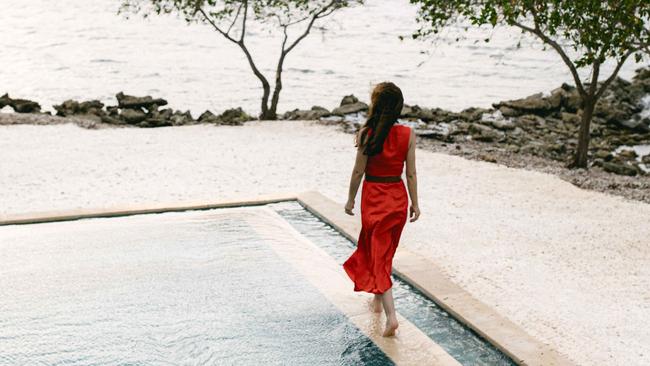
The dawn rises high in the Eastern Andes, over the giant bowl of Bogotá city. On tree-lined streets of red-brick buildings, the scarlet heads of taffeta-like blooms hang dewy and exhausted as if from dancing all night. The morning still feels a little giddy. But in the Santa Fe district, business is already in full swing. Outside Paloquemao market, flower sellers tenderly carry armfuls of African irises to stalls piled as high as funeral pyres. As one of the Earth’s most biodiverse countries, home to a tenth of all planetary species, Colombia is a world-leading flower exporter. The delicate crowns of rare orchids wear hair nets in preparation for long overnight journeys.
Meanwhile, inside the vast food market is a wonderland of produce; this equatorial nation at the bottleneck of South America holds around 32 terrestrial biomes across its multiple thermal floors. Next to piles of log-like cassavas are stacked towers of fruits – some of the country’s 1000 varieties – as strange as obscure reptiles, collected from Colombia’s Andes, Amazon, Orinoco Basin, Pacific and Caribbean coasts and islands. Soursop has an armadillo-like skin; mangosteen bears strange teeth inside. My guide, Jairo, a bearded historian and “Rolo” (or R-rolling native of Bogotá) breaks open a curuba, a peachy passiflora with a slurpy, granular inside for me to taste. “Colombians are just like our fruits,” he quips, passing me a tissue. “Very sweet, very diverse and often very messy.”
Sweet indeed. On my ambitious 1000-kilometre journey with luxury tour operator Abercrombie & Kent from the nation’s vast 307-square-kilometre capital, nicknamed “the Fridge” for its relatively chilly height of 2600 metres, to its balmy Caribbean queen Cartagena, I will come to find Colombians among the politest people I have ever met. They call one another “veci” (neighbour) and never leave a “thank-you” unanswered by “con mucho gusto” (with much pleasure).
It’s hard to reconcile this with the nation’s history of violence, obsessed over by Hollywood since Colombia became, first, the site of a proxy cold war between leftist guerrilla groups such as FARC backed by Communist Cuba and a US-funded right-wing paramilitary, and then the epicentre of Ronald Reagan’s War on Drugs in the 1980s when cocaine kingpin Pablo Escobar ruled second city Medellín, the gateway to the powder-hungry American market. Jairo, a gifted raconteur with a fuchsia-tinged goatee, passionately brings the past to life as he walks me around Bogotá’s historic centre to Plaza de Bolívar – the site of the 1948 Bogotazo riots that sparked the decade-long La Violencia in which one in every 50 Colombians died. A bipartisan political war between Conservatives and Liberals also raged for most of the 20th century.
The cultural beauty of Bogotá

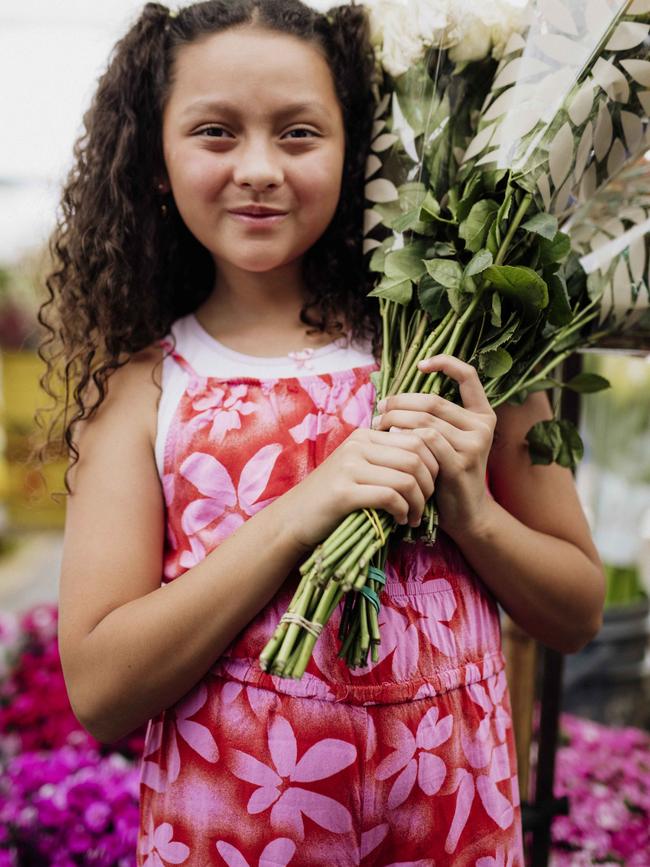
-
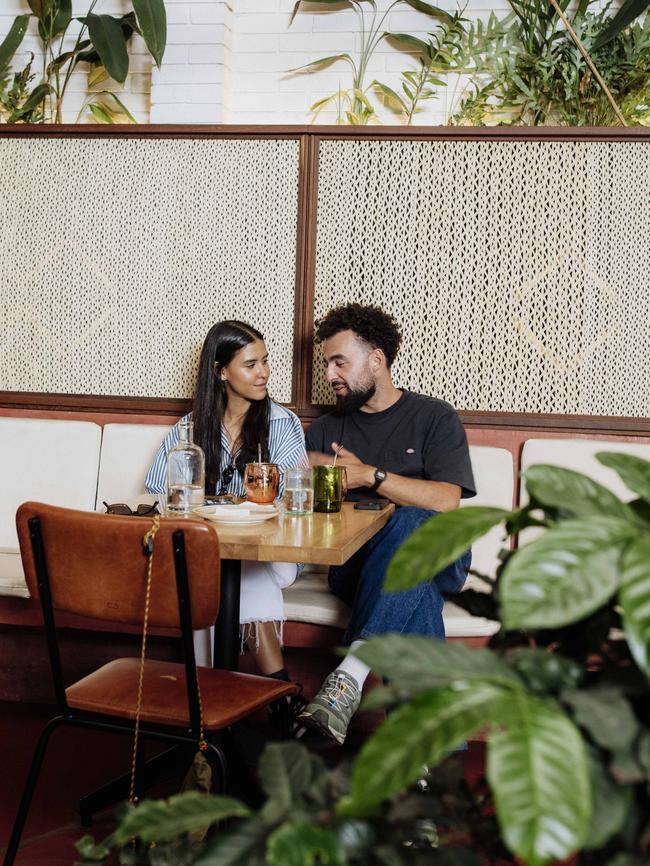

Above us looms the ever-present emerald shadow of the Eastern Cordillera of the Andes, one of Colombia’s three once insurmountable Andean ranges that have dictated the nation’s destiny for better and worse. Together they stretch like a cloud-skimmed partition that – until the introduction of budget airlines – divided the nation, making it a stranger to itself. The country endured 10 civil wars after, in 1819, it won independence from Spain, which had seized the territories of the indigenous Muisca, Quimbaya, Tairona and Zenú peoples in the 16th century for their bounty in emeralds and gold, mining and melting down the delicate works of these master goldsmiths.
Most of what remains is held at Bogotá’s Gold Museum where Jairo takes me. Here, exquisite gold earrings flutter on walls like pinned butterflies and the ceremony which spawned the El Dorado myth – in which a Muisca shaman returned gold to the sun god by offering it to a lake – is reanimated in a sound and light installation. It was not until the 1991 constitution that Colombia’s multiethnic communities were given legal and political status. Outside the reach of the central government and infrastructure of the Andean cities, Afro-Colombian populations on the Pacific and Caribbean coasts (descendants of African slaves) and indigenous communities had evolved as separate, vulnerable nations.
There are still more than 100 indigenous groups here, increasingly being embraced by the nation. Indeed, since a peace deal was struck with FARC in 2016, for which President Juan Manuel Santos won a Nobel Prize, Colombia is more likely to be talked about for its ecosystemic, multicultural and culinary wealth than the riches of Escobar. Here 65 Amerindian languages are spoken in addition to Spanish, 1025 folk rhythms played, and regional dishes cooked up in 32 departments or states. A growing number of Colombian restaurants, recognised in the World’s 50 Best Restaurants, are on a mission to change their homeland’s image while raising national pride and the social wellbeing of producers in poorer regions such as Pacific Chocó and the Amazon.
One of the first to fly the national flag abroad was chef Leonor Espinosa, whose Michelin-starred Bogotá restaurant Leo Cocina y Cava (opened in 2007) used ingredients such as ants, wild rodent and caiman tail sourced from disenfranchised communities supported by her NGO, Funleo. In 2022, she was awarded World’s Best Female Chef. Most recently, her sommelier daughter, Laura Hernández Espinosa, opened a bar above her mother’s new space, Leo, in food hub Chapinero to launch a range of artisanal distillates exploring cultural identities through ethnobotany. “We need to tell new narratives about Colombia,” explains Hernández Espinosa. “For we are not just one Colombia, we are many.” Her latest cocktail-tasting series, accompanied by soundtracks, is dedicated to birds – Colombia has the highest number of endemic species in the world – from the bearded helmetcrest hummingbird of the páramo to the Andean condor whose black glove-like wingspan graces the skies of the Unesco-protected coffee-growing axis in the Cordillera Central, aka the Coffee Triangle, over 300 kilometres west of Bogotá.
A heady brew in coffee country
To get there overland is a six-hour drive. Luckily, I’m ferried efficiently by Jairo from the Four Seasons in Zona Rosa, where I’m staying, to the airport. And a 50-minute plane-hop later, I’m met at Armenia Airport in rural Antioquia department by a new guide, Johani, who speaks Spanish with long drawn-out vowels, as is the way of “Paisas” (Antioqueños) descended from the Basque colonists. We drive out through villages where dogs sleep curled like churros in doorways and fields are scattered with white bulls beneath tunnels of bamboo to the verdigris mounds of the plantations. Here, coffee farmers like the Valencia family invite tourists to red-painted verandahs hanging with floral baskets to eat lunches of fried plantain, rice and pork crackling and drink mugs of tobaccoey coffee.
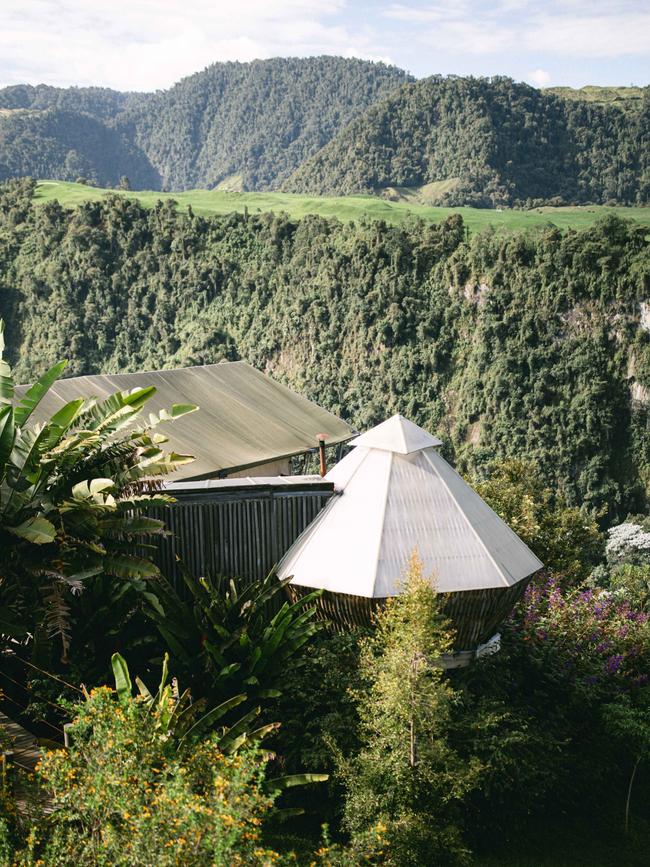
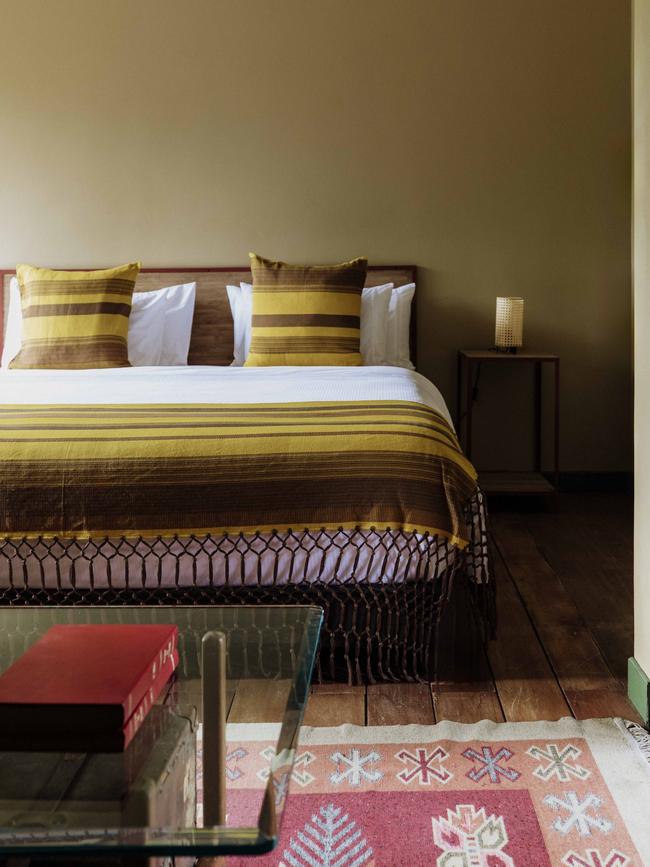
-
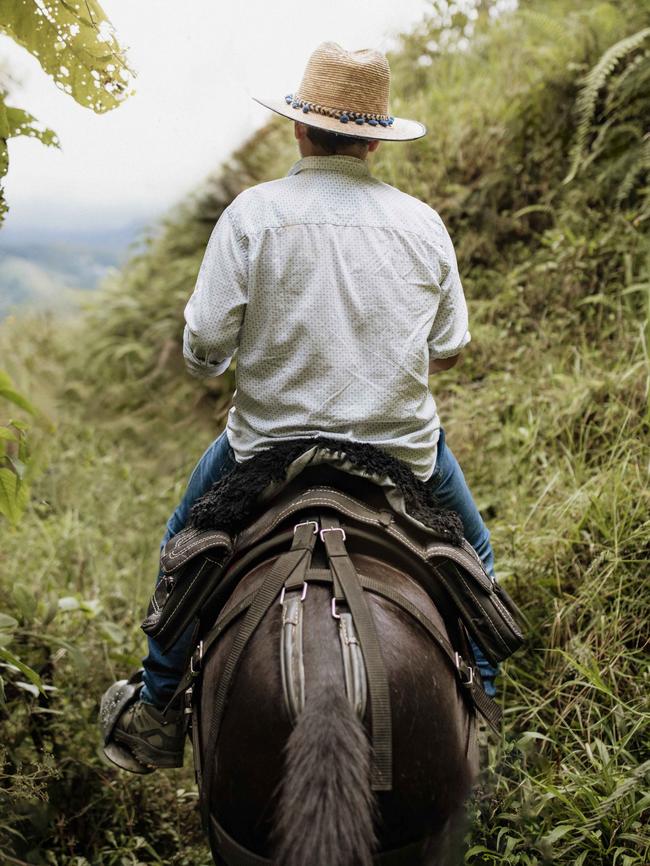

Until recently Colombians were excluded from the connoisseurial culture of their main export: only the lowest-quality beans were kept for domestic use, drunk as “sock coffee” filtered through a cloth and sweetened with panela (unrefined cane sugar). Now a new generation of baristas in cities like Medellín – Antioquia’s capital – are reclaiming the best local coffee for themselves. As a result, the Coffee Triangle has become a popular weekend destination for young Medelliners who are discovering the beauty of their country on social media for the first time, Johani says. In the Cocora Valley – made famous by Disney’s Encanto – part of volcanic Los Nevados National Park, a giant hand has been installed as a platform for Instagrammers to take selfies before a hillside of Andean wax palms up to 60 metres high, like a distant flock of birds on long sticks.
Our next stop is the pretty colonial pueblo of Salento, painted in bright primary colours as if permanently dressed for a fiesta, with shops selling alpargatas (farmers’ espadrilles) and restaurants with bottles of aji hot sauce on tables. Now new high-end hotels are opening in the region. El Nido del Cóndor near Manizales, two hours’ drive north, is a luxury tented camp and private nature reserve on a high grassy plateau skimmed with the bellies of rain clouds like pregnant geese, set on the verge of the sheer drop of a deep canyon. To get there we descend around 200 metres on horseback, wade the river and ride back up a near-vertical face, saddles squeaking, ponies occasionally stumbling.
This 12-hectare sustainable project on a biodiversity hotspot serves to observe and protect a pair of rare Andean condors, Pippinta and Kalima, who nest in the canyon, and some 235 bird species and plantations of avocados and endemic trees. Gardens of bright goblet-like blooms attract hummingbirds and butterflies that arrive like a flirty fashion parade. Naturalist Julian Sanchez-Ospen leads birdwatching treks down hiking paths into the woodlands using mating calls from his iPhone to lure red-throated redstarts and russet-crowned warblers until the branches of ceiba trees themselves seem to chirp and flit. Our heads are already facing the sky when Pippinta and Kalima come into view, gliding high above us, the white-collared male, Pippinta, like a circling Quimbaya priest in black robes dispensing ancient rites. That evening, I gaze at stars from the terrace of my tent, which teeters over the canyon, while bat-sized moths flutter like animations through the night.
The moxie of Medellín
Colombia has 3642 species of butterflies. They float like confetti in the breeze of countryside, towns and cities – even industrial Medellín, which sits at 1500 metres in Aburrá Valley like a metropolis built in a jungle, its buildings graffitied with condors and hummingbirds. Dubbed “the murder capital of the world” in 1991, today the Antioquian capital is nicknamed “Meda-York” for its dynamic urban culture, and it’s only a 30-minute plane ride – and a world away – from Pereira in the coffee region.
The city is Colombia’s street music, fashion and textile hub, home to Grammy award-winning Reggaeton artists J Balvin and Karol G and host of the annual Colombiamoda fashion show. Last year, 1.2 million visitors came to hang in Medellín’s spring-like climate in the restaurants and bars of El Poblado and the coffee shops of leafy modernist district Laureles, named by Time Out as the World’s Coolest Neighbourhood for 2023.

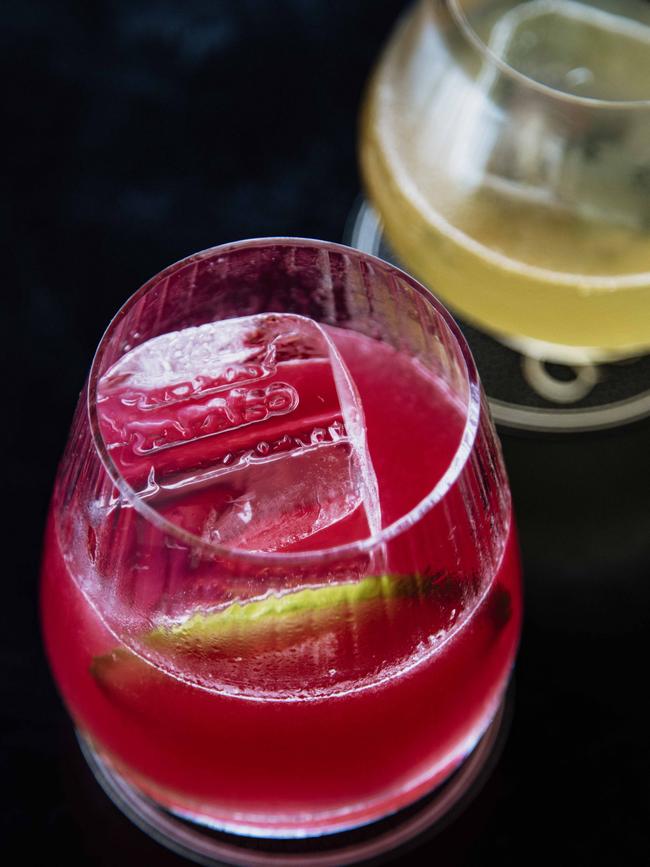
-
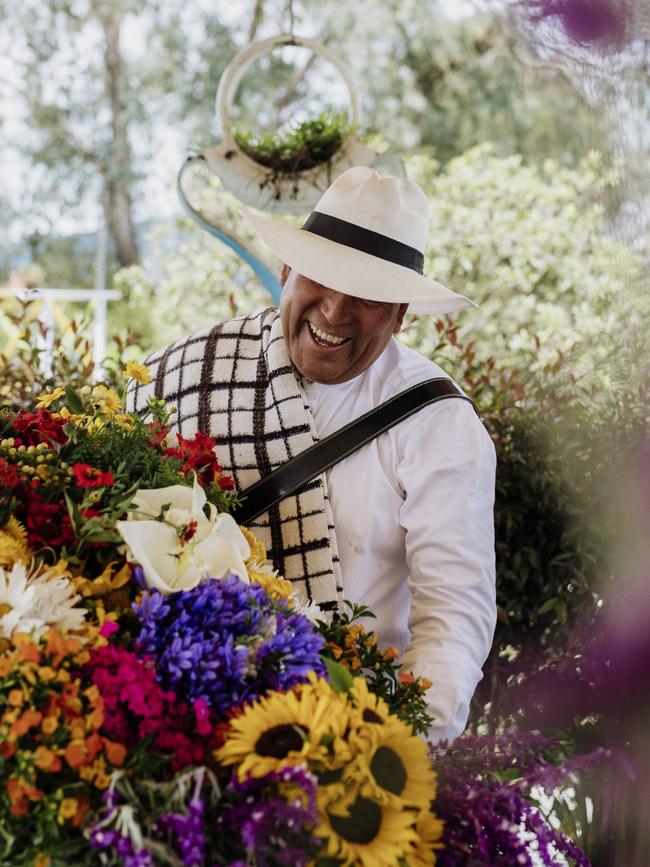

With 70 hectares of parkland, a result of the creation of 30 “green corridors” in 2016, and 40 museums – including one dedicated to city native and artist Fernando Botero with a donated 23-sculpture outdoor installation – today it’s almost possible to talk about Medellín without mentioning Escobar. In 2022, the homicide rate in the city was 97 per cent lower than in 1993 when he was killed by police.
A decade has passed since The Wall Street Journal named Medellín the Most Innovative City of 2013 after an escalator the height of a 28-storey building was installed to bridge the divide with troubled Afro-Colombian neighbourhood Comuna 13, which had been founded by refugees from the Pacific coast. Sergio Fajardo, Medellín’s mayor from 2003 to 2007, made infrastructural investments to combat violence, building “super-schools” and libraries as well as a cable-car system to connect to other excluded communities like La Sierra, a junk-sprawl of boxy breeze-block houses once terrorised by paramilitary gangs.
Today, families grow coffee on fertile hillsides, supplying hip coffee shops like Rituales in Laureles, and their children aspire to be baristas. Urban farms raise produce for hyper-local restaurant Sambombi, featured in the World’s 50 Best Restaurants, and Mamba Negra, the bar-restaurant of award-winning mixologist Juan David Zapata, who grew up in Comuna 13. The graffitied neighbourhood where the likes of Amazon sponsor murals is like a perpetual Afro-Pacific street-culture video. Beats carry you from one sound system to another, from stall to stall, to bar and food joint.
Cartagena is a Caribbean dream
In Colombia there is musicality in everything. Another plane hop takes me to the sultry colonial port of Cartagena on the Caribbean coast – otherwise an 18-hour drive from Bogotá – perhaps the nation’s most musical and magical city, where the air is as hot, sweet and salty as fried popcorn. Humidity averages 90 per cent. In the Unesco-protected old town of melon- and mango-coloured 16th-century houses, horses’ hooves strike cobblestones while trios of boys with beatboxes freestyle rap champeta in the street, Palenquera women – descended from free African slave Benkos Biohó – in bright frilled dresses call out from fruit stalls, and hymns spill out from churches with doors flung wide open.
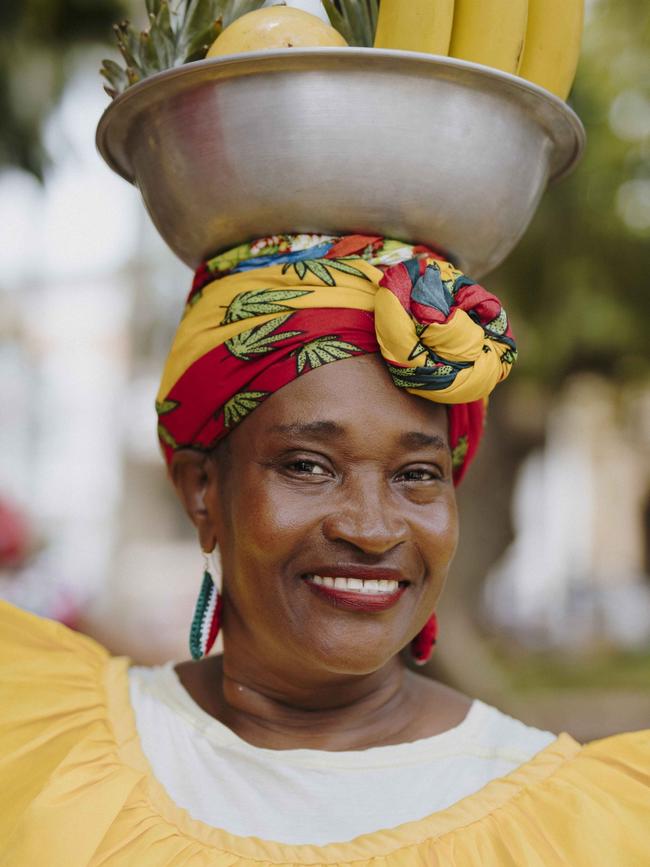
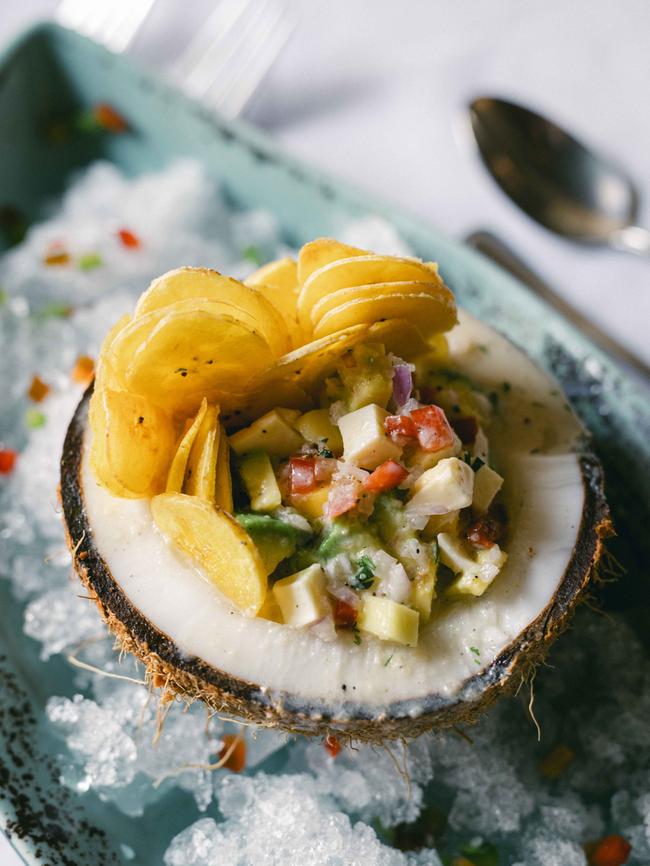
-
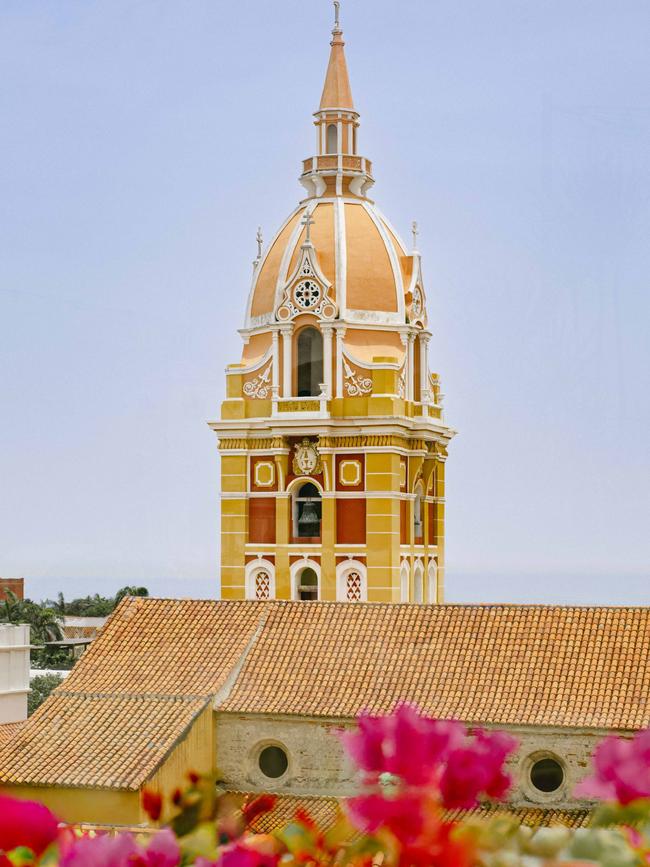
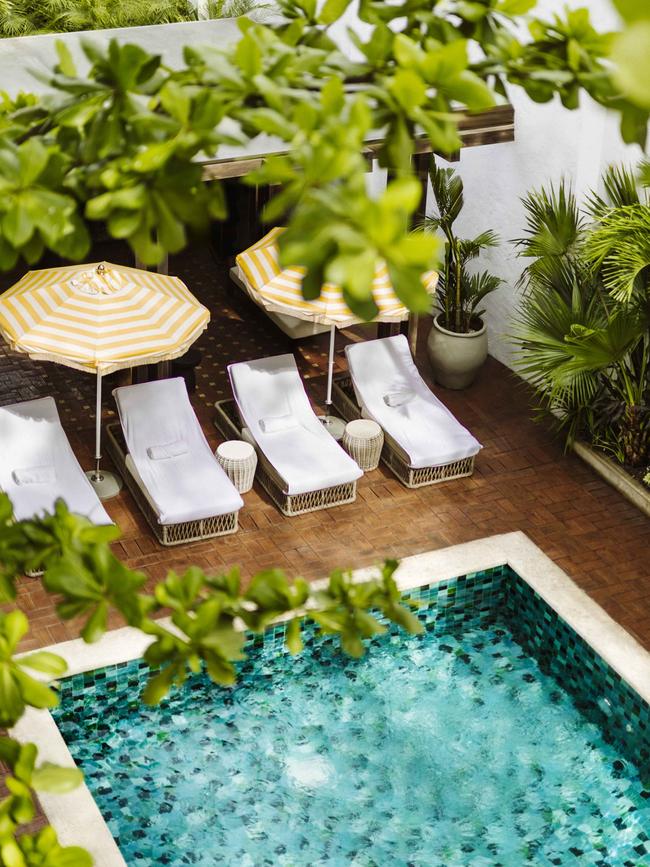
In Bolivar Plaza, a dance troupe performs a cumbia song, barefoot girls spinning in striped dresses like parasols beneath the palms. Then the drums beat faster, feet stamping for a mapalé, a dance brought over with slaves from Angola. “This city was built by African people, its personality is African,” says Elkin, my beaming guide who speaks the “costeño” (coastal) way as though too busy having a good time to bother pronouncing his Ss and Ds. “In Cartagena, people always find a way to be happy. We drink rum, hug, talk too loud.”
Here, the modern age appears to be superimposed over the living, breathing colonial city. Indeed the whole of Cartagena old town seems to be under a spell that might break the moment one leaves its storied walls where teenagers kiss seated in crumbling archways before the Caribbean. It’s no surprise that the colonial port was muse to Nobel prize winner Gabriel García Márquez and his magical-realist novels, including Love in the Time of Cholera (1985) and Of Love and Other Demons (1994). It’s as if anything could happen between the starfish door knockers on old carriage doors, Andalusian balconies, and black and white chequered floors.
Ensuring that I revel in the balmy spirit of the city, Elkin shuttles me between restaurants: from Creole joint Candé for flambé crabs legs to the 50 Best’s Celele at which chef Jaime Rodriguez unearths and experiments with lost Caribbean ingredients and recipes; through luxury stores, cheekily negotiating me discounts at St Dom, which stocks Colombian designers Johanna Ortiz and Silvia Tcherassi; and to Territorio, an emporium of woven and beaded artisanal Colombian crafts. After an evening at Alquímico bar, for farm-to-glass cocktails using soursop syrup and pine extract, he even has me dancing to champeta in the street.
And now the city has two hotels to match the world-class shopping, sultriness and romance. Rouge-pink Relais & Châteaux property Casa Pestagua, the 17th-century home of the eponymous family, emerged from a two-year renovation last year as the immaculate fantasy colonial home with original restored coral reef columns, a courtyard of palms like ship masts, white-painted verandahs, and four-poster beds. And Four Seasons is completing a landmark hotel and residences project, due to open early next year, uniting a cluster of protected buildings in the hip Getsemani district.
A dip into Baru Island
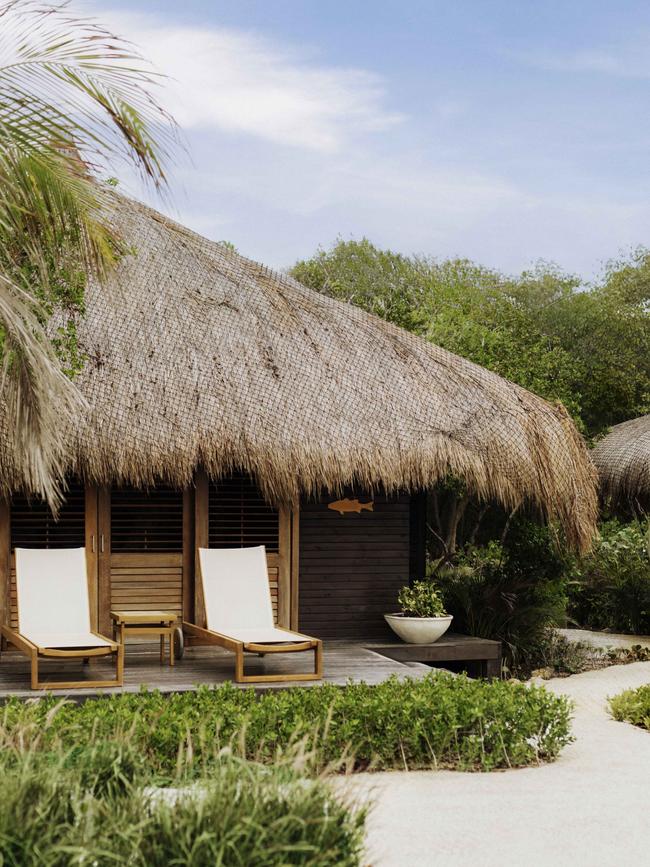
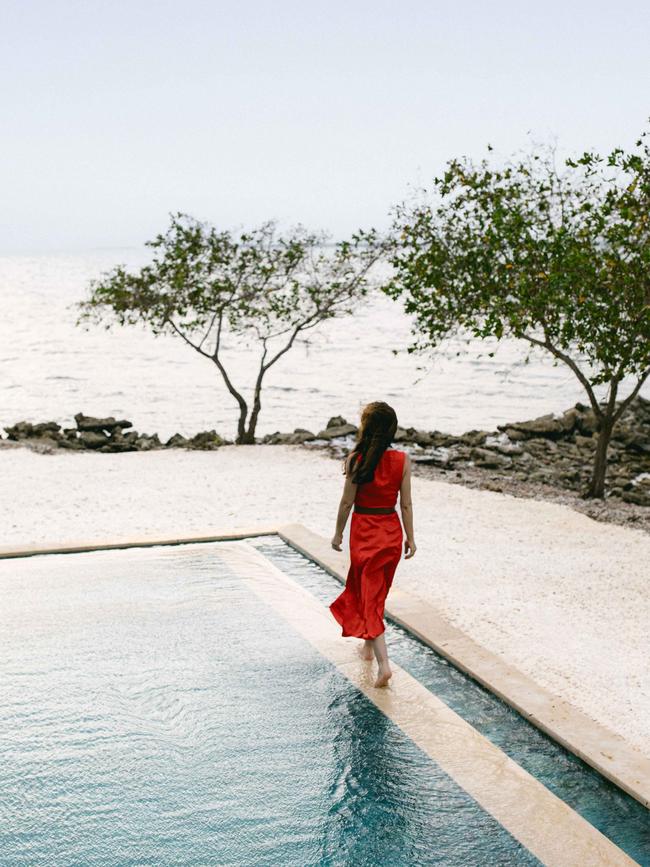
-
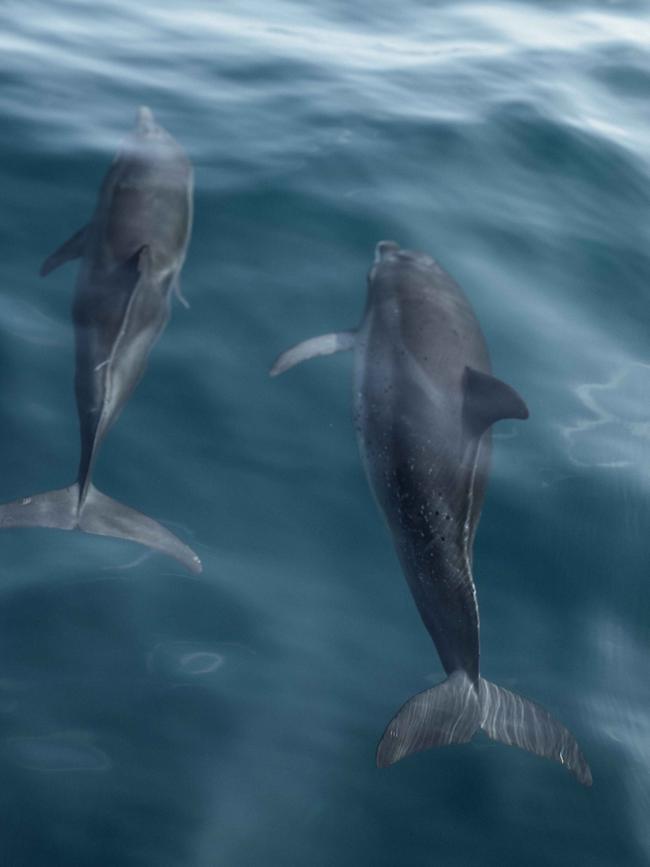
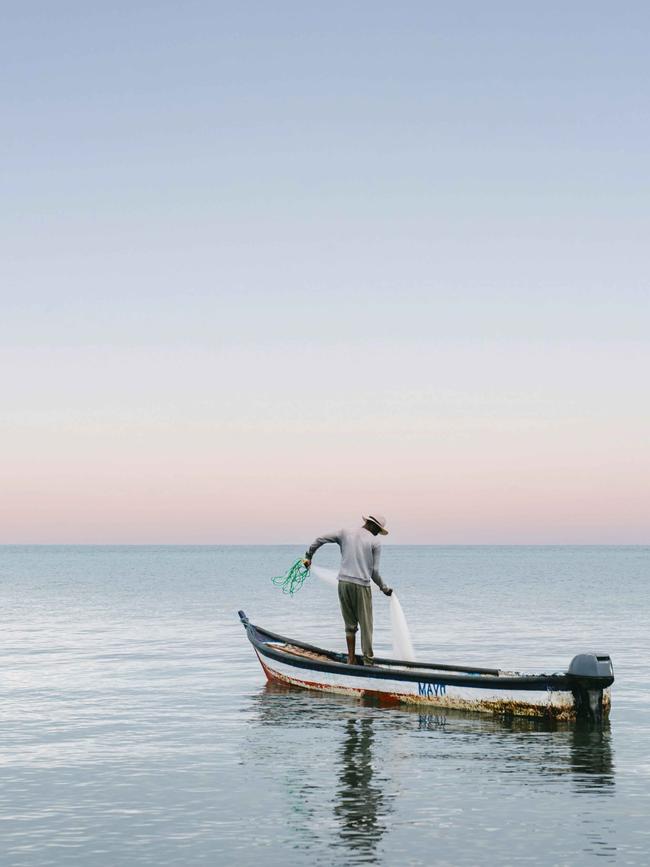
The following day, I head to Casa Pestagua’s new six-cabin beach property, Acasi – all mosquito nets, bamboo cane antiques and local driftwood crafts – on its own cove on nearby Baru Island, part of the Rosario Islands national park. Elkin arranges me a private speedboat transfer, and after a 45-minute dolphin-flagged ride, I arrive at the tip of the island where mangroves stand on tippy toes, pelicans fly clumsily overhead and beach umbrellas seem to twirl like grass skirts to the sound of the waves. The only other noises here are the fishermen calling to each other in the mornings, hauling in nets like tulle dresses embroidered with shells, and the squeak of my feet on the sand. I lie on my sun lounger contemplating my footprints as though they are the tracks of the incredible 1000-kilometre journey I have made.
The writer travelled as a guest of Abercrombie & Kent whose 11-day Classic Colombia private journey spotlights Bogotá, Medellín, Cartagena and Rosario Island, as well as the country’s coffee regions. Rates from $15,995 per person. abercrombiekent.com.au
This story is from the October/November issue of Travel + Luxury Magazine.



To join the conversation, please log in. Don't have an account? Register
Join the conversation, you are commenting as Logout